Keeping your plants healthy and disease-free is one of the biggest challenges for any gardener. But you don’t need to rely on chemicals to protect your garden. We don’t use any chemicals on our plants, and still produce a ridiculous amount of food. Is it challenging? Yes, for sure. But it’s also important to us to work with nature instead of resorting to chemicals.
By using natural techniques and thoughtful planning, you can drastically reduce the risk of plant diseases while keeping your soil and plants in peak condition. Here are 21 tried-and-true garden hacks to help you prevent plant diseases naturally and enjoy a thriving, resilient garden.
1. Start with Healthy Seeds and Plants
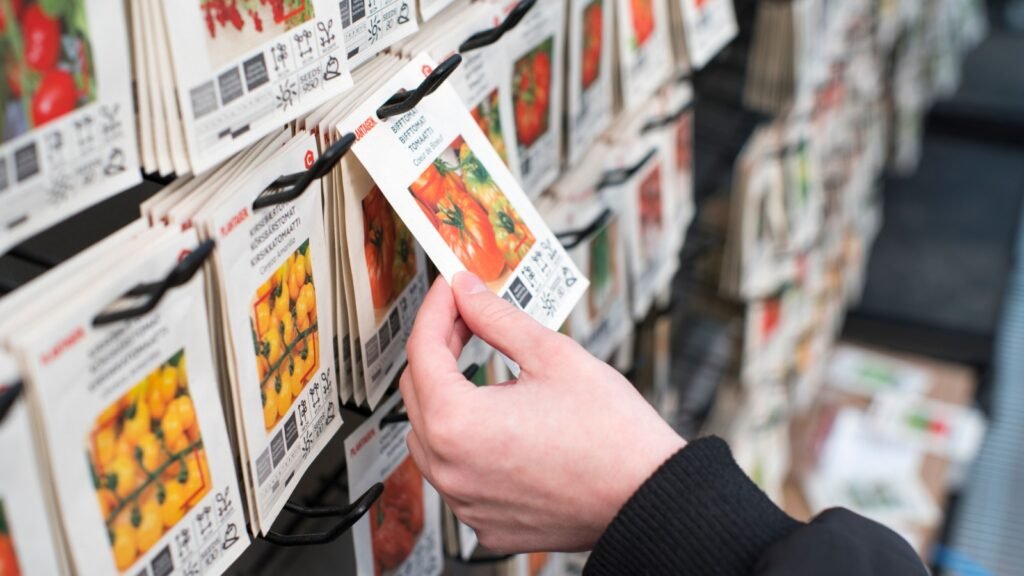
Diseases can hitch a ride on seeds or transplants, so always begin with healthy, disease-free stock. Buy certified disease-free seeds and inspect transplants for signs of wilting, spots, or pests before planting. Starting with strong, healthy plants gives you a head start against disease. Consider growing your own seedlings indoors to have more control over their early health and avoid external contamination.
2. Rotate Your Crops

Planting the same crops in the same spot year after year can lead to disease buildup in the soil. Rotate your crops every season to break the cycle of diseases that target specific plant families. A three-year rotation plan works well for most home gardens. Use a garden map or journal to keep track of where you plant each crop to simplify the rotation process.
3. Use Disease-Resistant Varieties
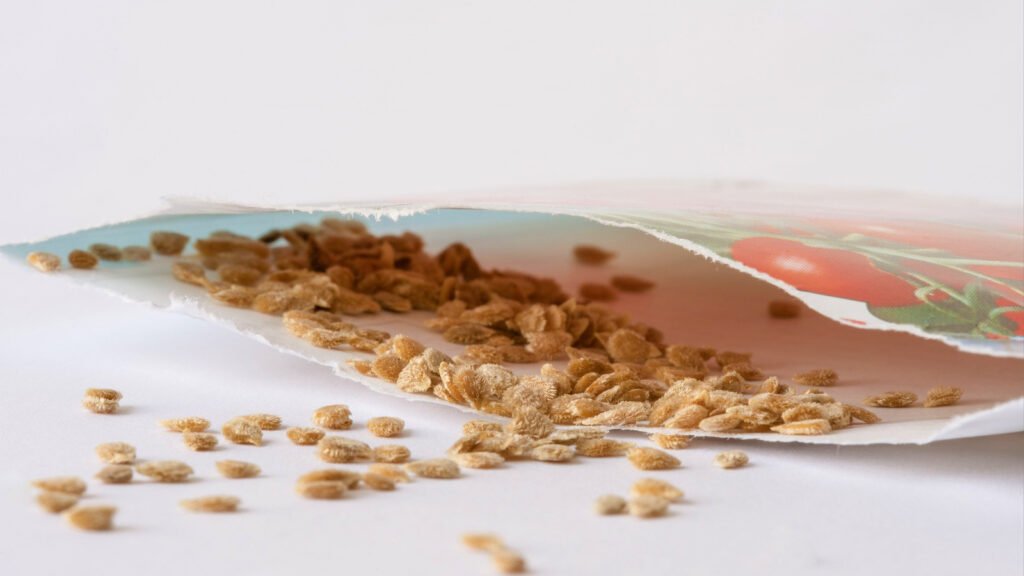
Many seed companies offer vegetable and flower varieties bred to resist common diseases. Look for labels like “disease-resistant” or “blight-tolerant” when selecting seeds. Choosing these varieties can save you time and effort in managing plant health. Research which diseases are common in your area to prioritize resistance to those specific threats.
4. Water at the Base of Plants
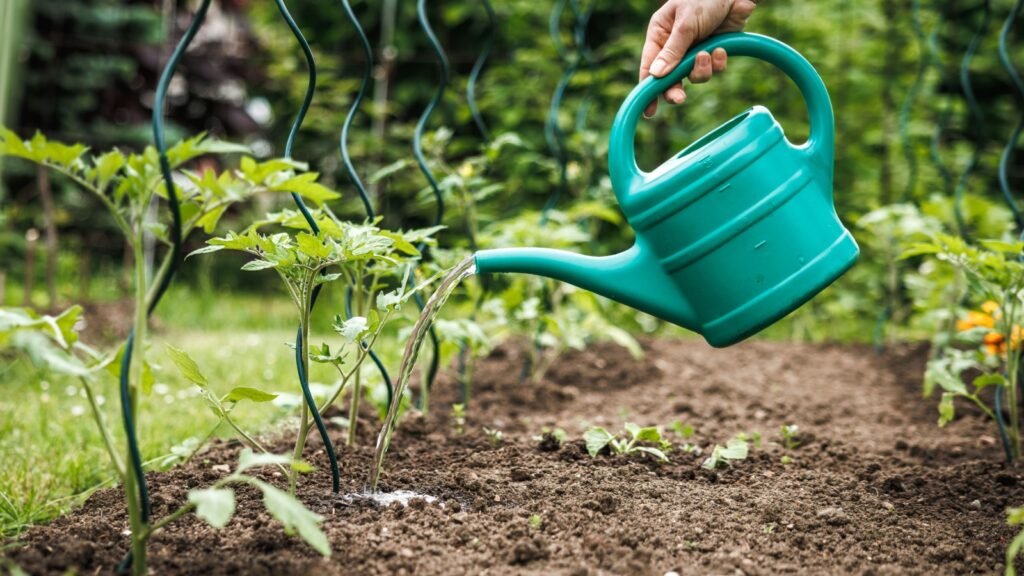
Wet leaves are a breeding ground for fungal diseases like powdery mildew and blight. Always water your plants at the base, using a soaker hose or watering can with a narrow spout. Water early in the day so the soil has time to dry before nightfall. Avoid overhead sprinklers unless absolutely necessary, as they can increase humidity and spread pathogens.
5. Mulch to Prevent Soil Splash
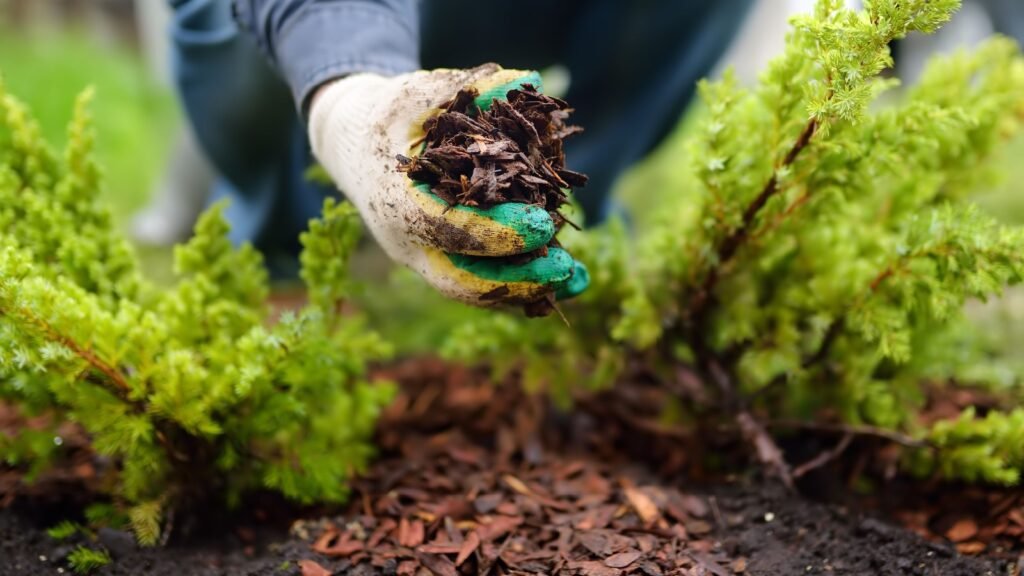
Soil-borne diseases often spread when rain or irrigation splashes contaminated dirt onto leaves. A layer of organic mulch, like straw or wood chips, acts as a barrier and keeps soil where it belongs. Mulch also helps retain moisture and regulate soil temperature. Replenish your mulch layer regularly to maintain its effectiveness as it decomposes over time.
6. Prune for Good Airflow
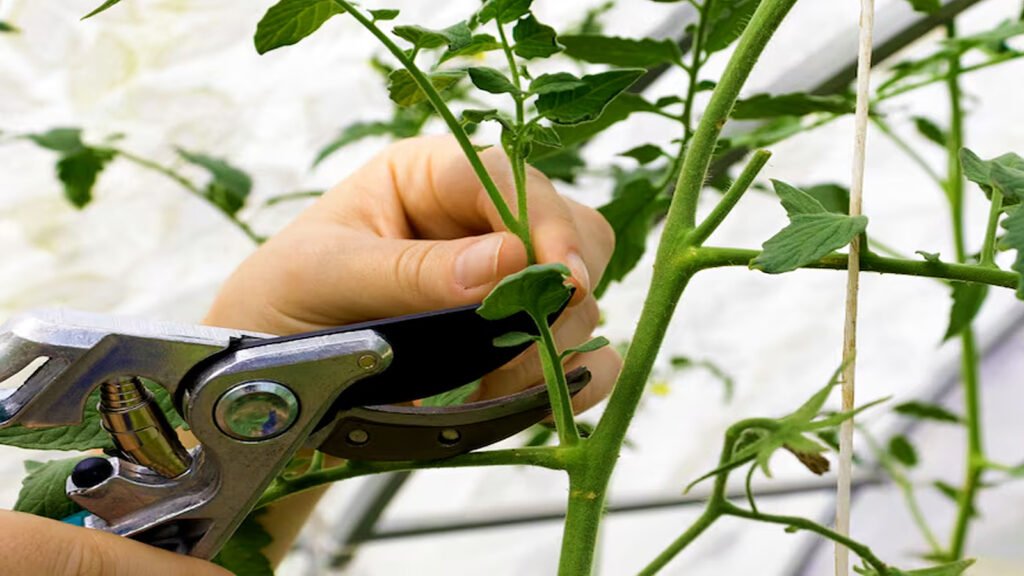
Crowded plants can trap moisture, creating the perfect environment for disease. Prune dense foliage to improve air circulation around your plants. For crops like tomatoes, remove lower leaves that touch the ground to reduce exposure to soil-borne pathogens. Use clean, sharp pruning tools to avoid spreading diseases between plants.
7. Sterilize Your Tools
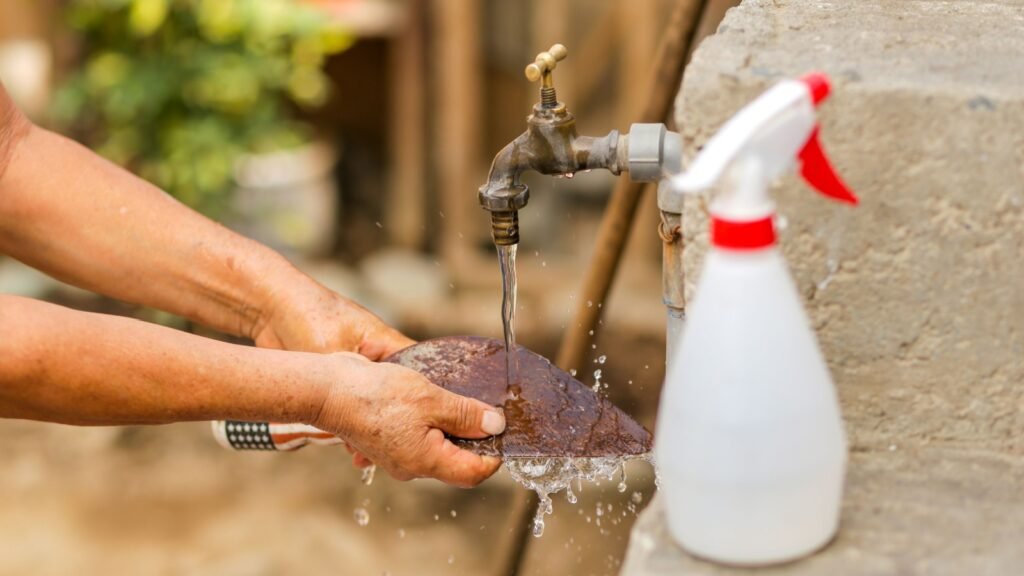
Dirty tools can transfer diseases from one plant to another. Clean your pruners, trowels, and other gardening tools regularly with a solution of one part bleach to nine parts water. Let them dry completely before using them again. Consider carrying a small bottle of disinfectant in your garden kit for quick cleanups during work sessions.
8. Practice Companion Planting
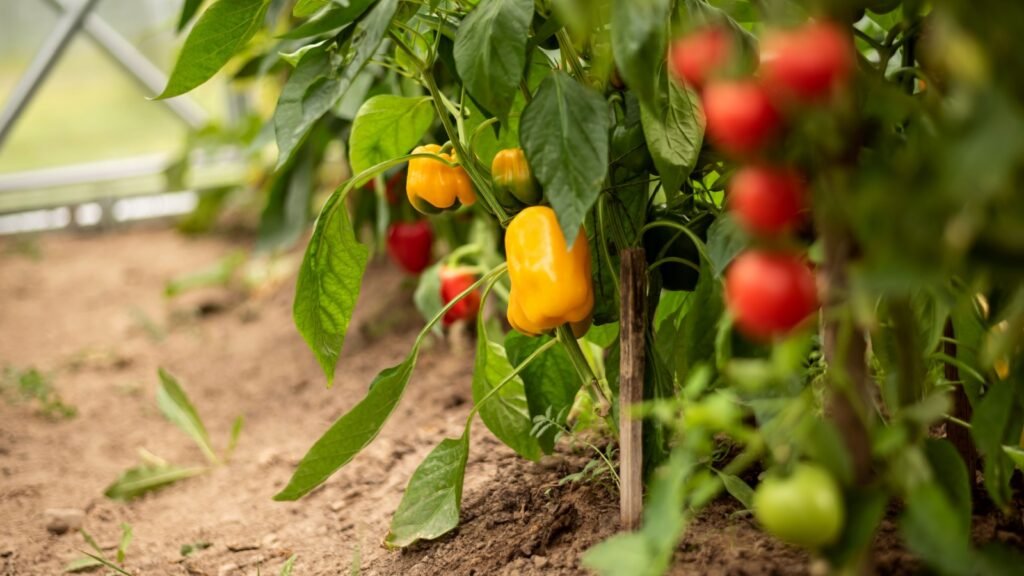
Some plants, like marigolds and nasturtiums, can repel pests and prevent diseases in neighboring crops. Plant them strategically alongside vegetables like tomatoes, peppers, and beans to create a healthier garden ecosystem. Include garlic and onions, which have natural antifungal properties, to further deter diseases.
9. Keep Your Garden Clean

Dead leaves, fallen fruit, and plant debris can harbor disease-causing organisms. Remove and dispose of any plant material that shows signs of disease to prevent it from spreading. A tidy garden is a healthy garden. Compost only healthy plant matter to avoid introducing pathogens into your compost pile.
10. Feed Your Soil, Not Just Your Plants
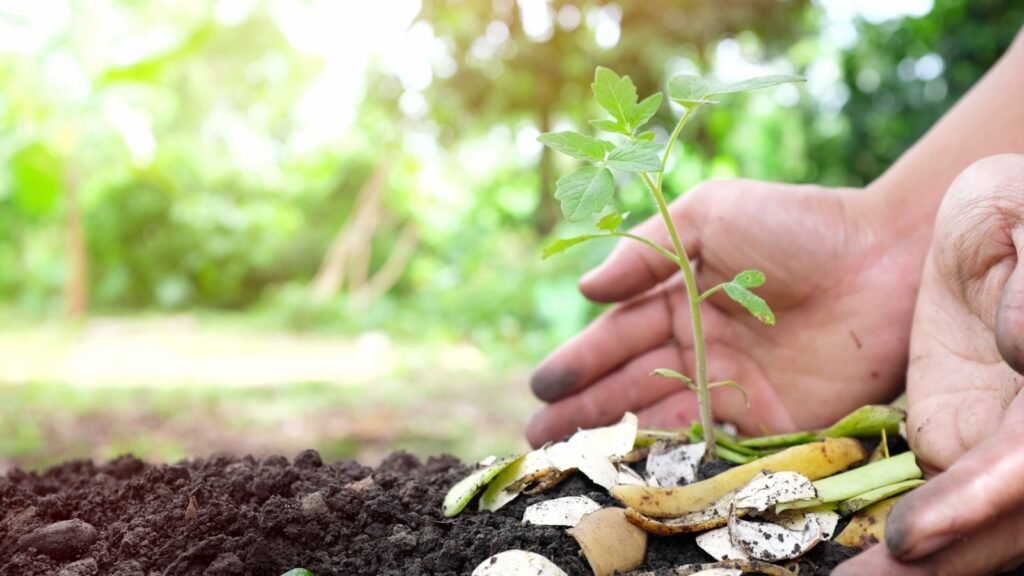
Healthy soil is the foundation of a disease-resistant garden. Add compost, aged manure, or organic fertilizers to keep your soil rich in nutrients and beneficial microbes. Soil teeming with life helps plants stay strong and fight off disease naturally. Regular soil testing can help you identify nutrient deficiencies before they weaken your plants.
11. Use Baking Soda for Fungal Issues
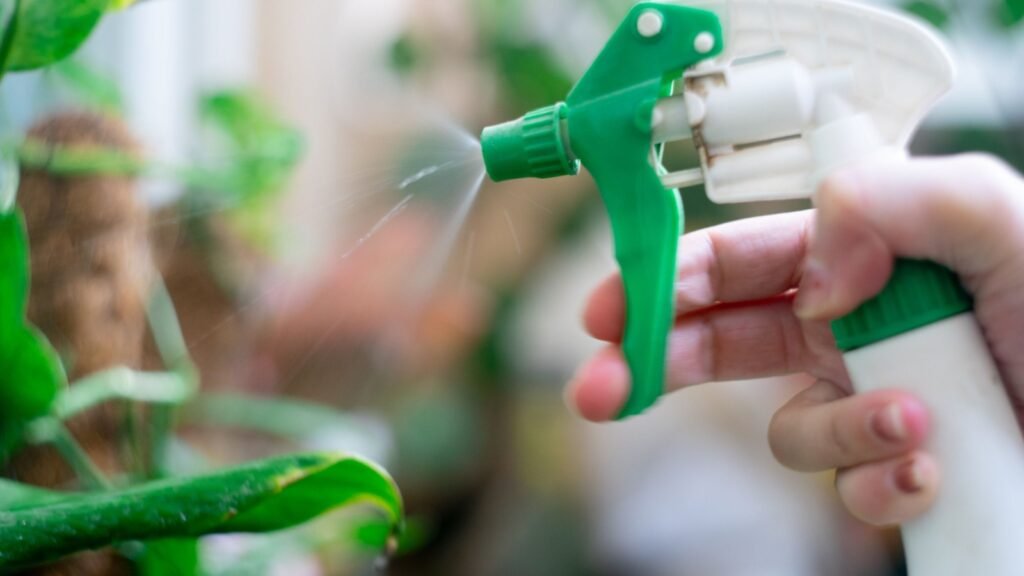
A simple homemade spray of baking soda and water can help prevent fungal diseases like powdery mildew. Mix one tablespoon of baking soda with a gallon of water and a few drops of liquid soap, then spray on affected plants. Reapply after rain for best results. Test the spray on a small section of the plant first to ensure it won’t damage sensitive leaves.
12. Avoid Overwatering
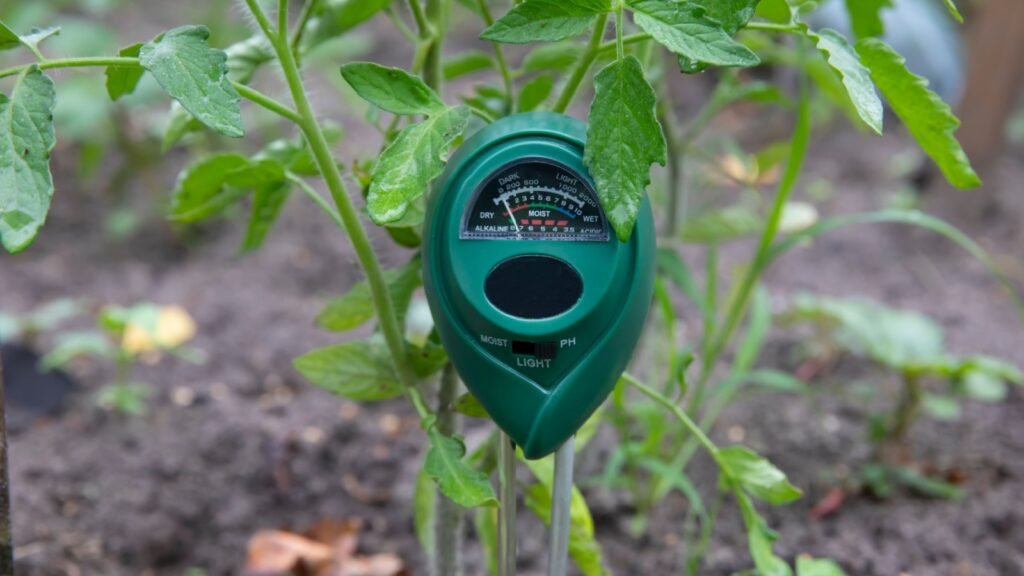
Too much water can lead to root rot and other moisture-related diseases. Check the soil with your finger before watering; if the top inch is still moist, hold off. Most garden plants prefer consistent, moderate watering. Use a moisture meter for more accurate readings if you’re unsure when to water.
13. Dispose of Infected Plants Properly
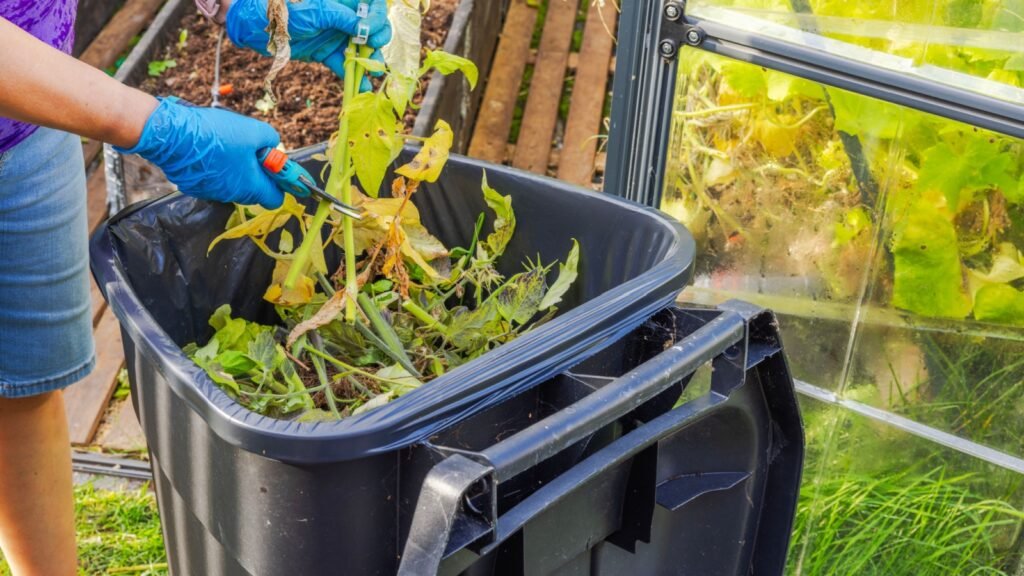
If a plant becomes heavily infected with disease, remove it from the garden immediately. Don’t add it to your compost pile, as some diseases can survive the composting process. Bag it up and throw it away or burn it if local regulations allow. Clean the area thoroughly and consider adding fresh soil or mulch to reduce lingering pathogens.
14. Solarize Your Soil
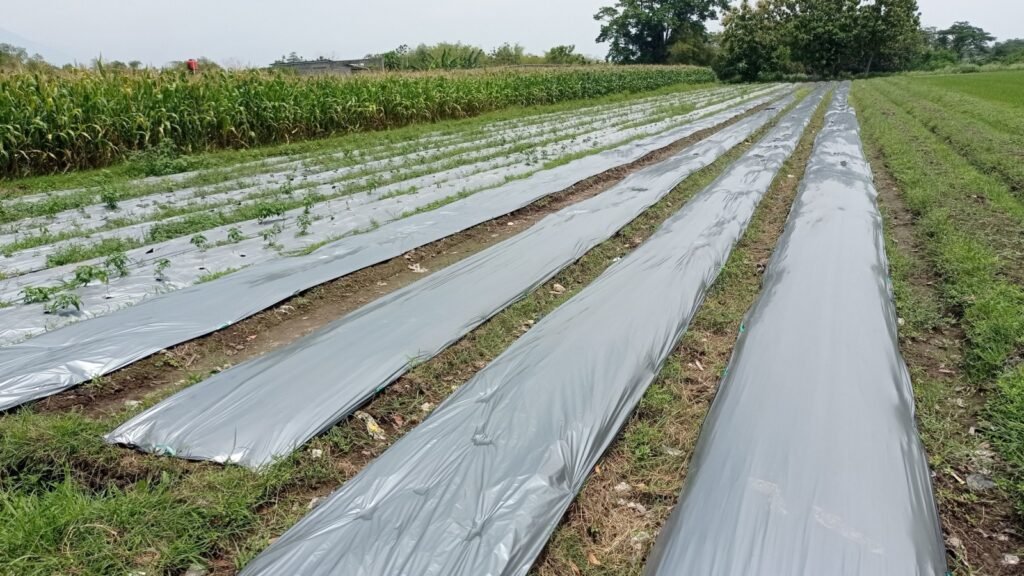
If your garden has a history of soil-borne diseases, solarization can help. Cover the soil with clear plastic sheeting during the hottest part of the summer for 4–6 weeks. The heat will kill many disease-causing pathogens, making the soil safer for planting. Weigh down the edges of the plastic to trap heat more effectively and prevent pests from burrowing underneath.
15. Space Plants Appropriately
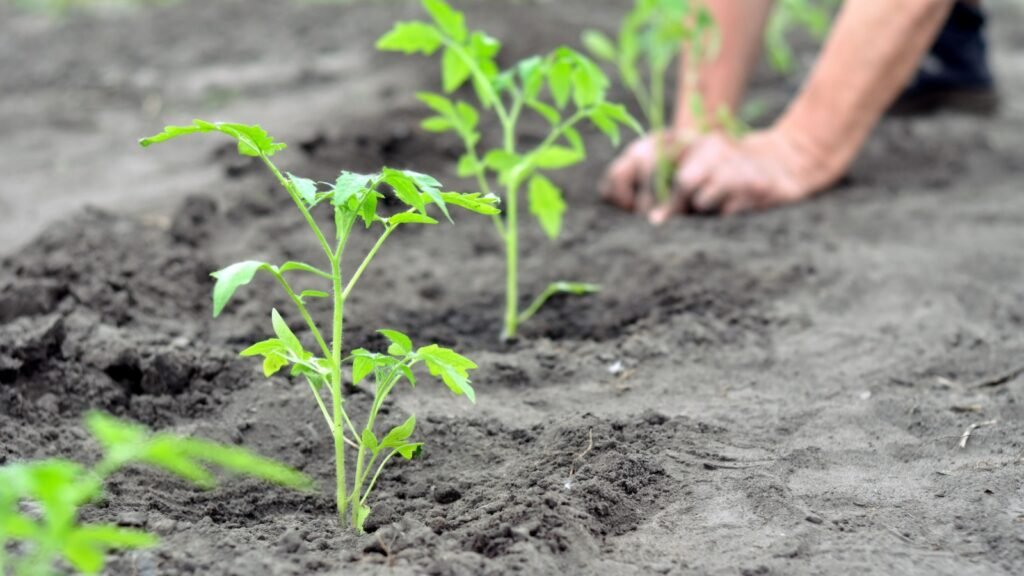
Crowded plants are more likely to develop diseases due to poor airflow and competition for nutrients. Follow spacing recommendations on seed packets or plant tags to give your plants the room they need to grow. Thin out seedlings early to avoid overcrowding later in the season.
16. Harvest at the Right Time
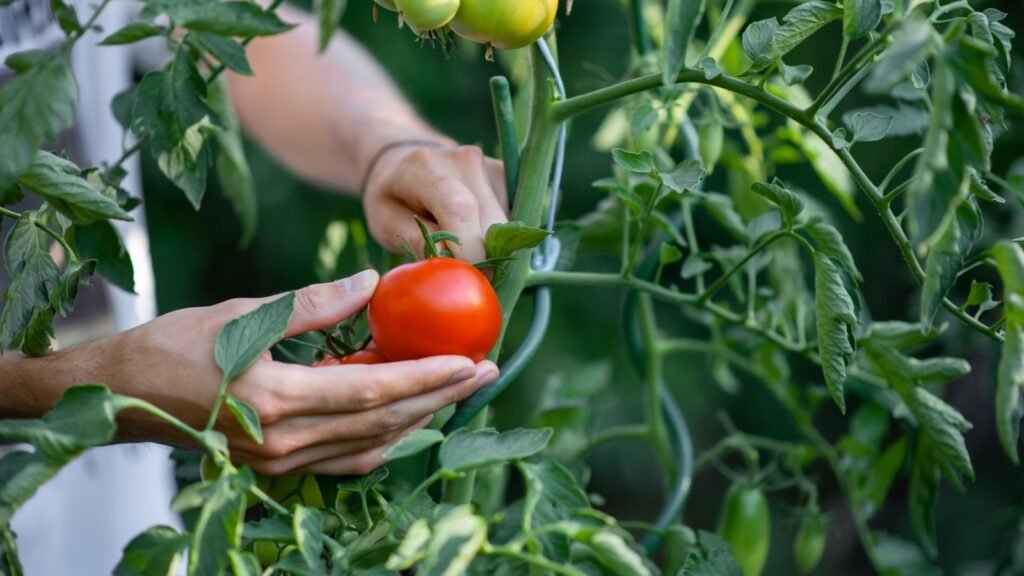
Overripe fruits and vegetables are magnets for pests and diseases. Harvest your crops promptly when they’re ready to avoid leaving them vulnerable on the plant. Regular picking also encourages new growth and a longer harvest season. Use clean tools or hands during harvesting to avoid introducing bacteria to your plants.
17. Keep Weeds Under Control
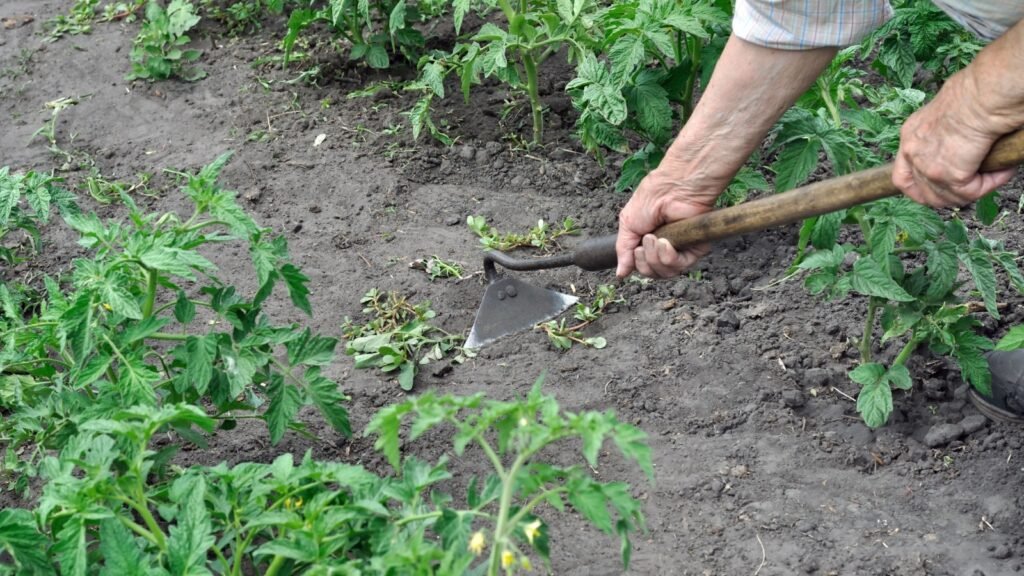
Weeds compete with your plants for nutrients and water, and they can harbor diseases and pests. Remove weeds regularly and mulch around your plants to suppress new growth. Focus on pulling weeds before they flower and spread seeds. Use a hoe or weeding tool to remove weeds at the root for longer-lasting results.
18. Apply Neem Oil for Prevention
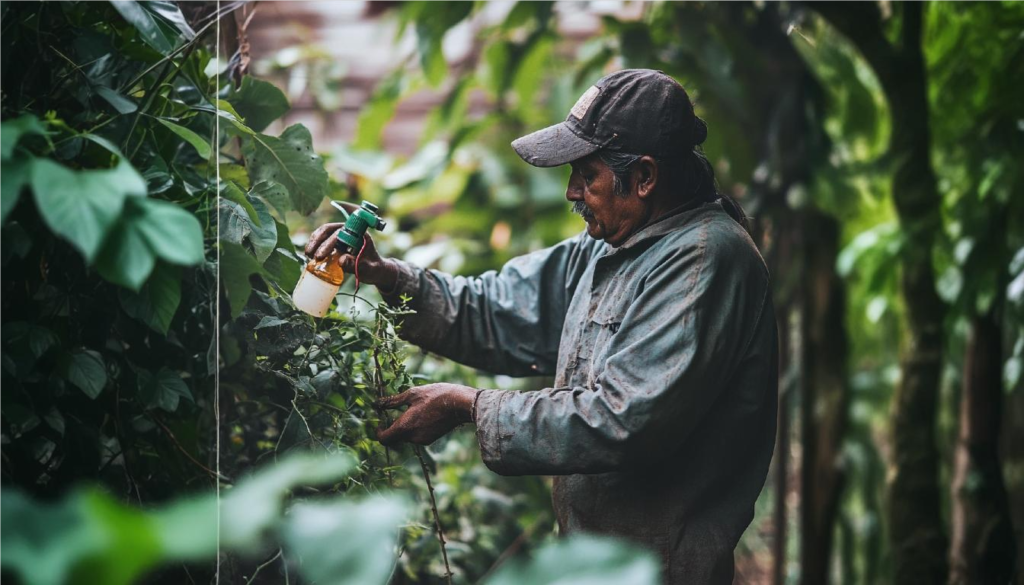
Neem oil is a natural pesticide and fungicide that can help protect your plants from diseases and pests. Dilute it according to the package instructions and spray it on leaves, stems, and soil. Use it early in the morning or late in the evening to avoid harming beneficial insects. Apply every 7–14 days for ongoing protection, especially during damp conditions.
19. Grow in Raised Beds
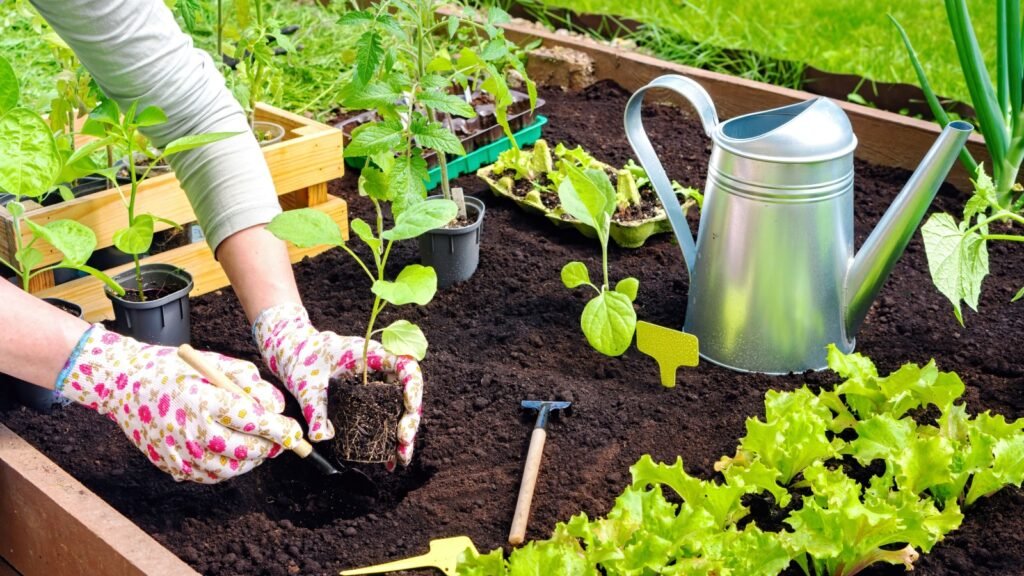
Raised beds improve drainage and reduce the risk of soil-borne diseases. They also warm up faster in the spring, giving your plants a healthy head start. Use untreated wood or other natural materials to build your beds for a safe, sustainable garden. Add row covers to your beds to protect plants from rain splash and windborne pathogens.
20. Rotate Your Compost
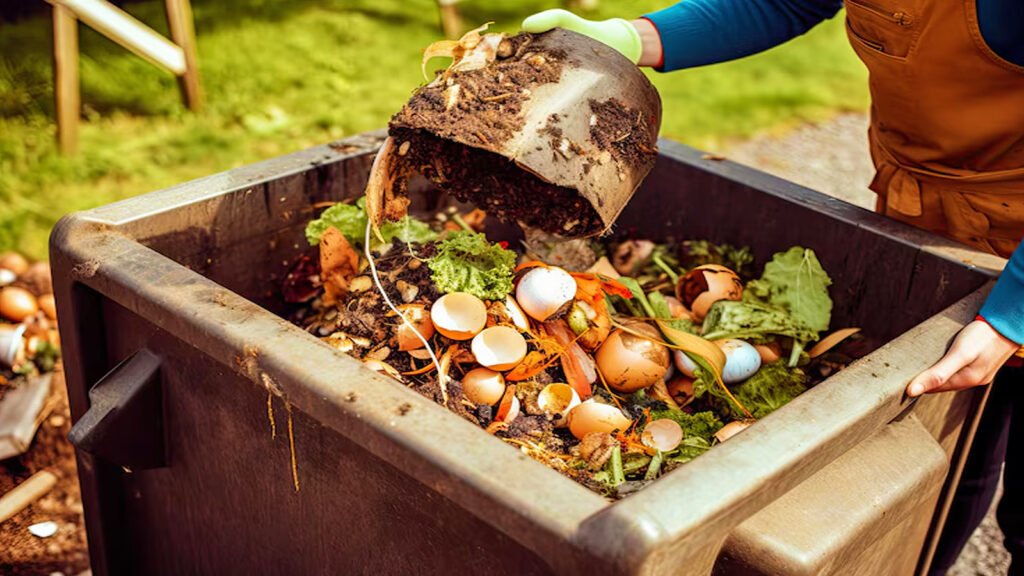
A poorly managed compost pile can become a breeding ground for diseases. Turn your compost regularly to speed up decomposition and kill off pathogens with heat. Avoid adding diseased plants or seeds to your pile to keep it safe for garden use. Maintain a balance of green and brown materials to ensure the pile heats up properly.
21. Monitor Your Plants Daily
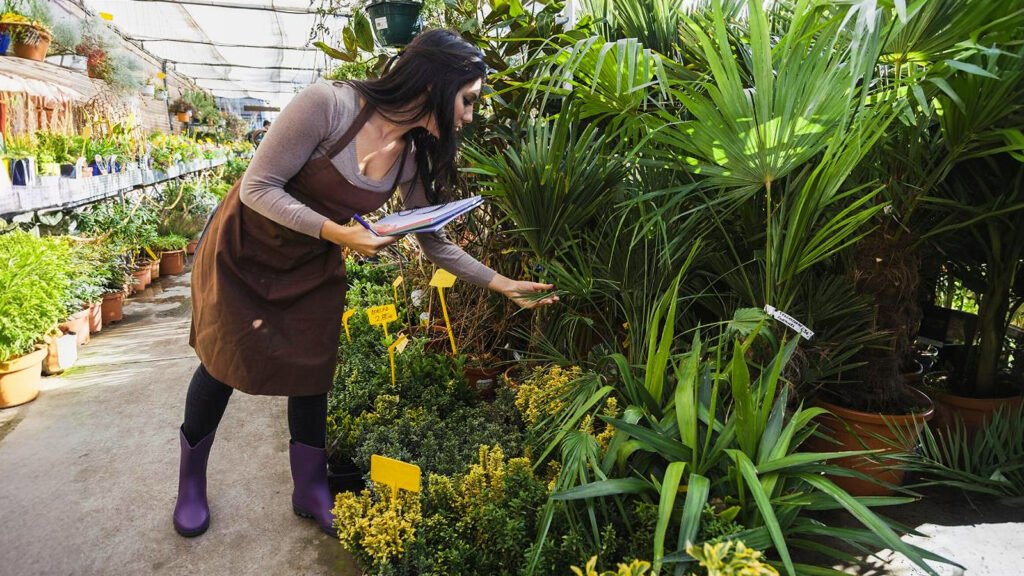
The sooner you spot a problem, the easier it is to fix. Check your plants daily for signs of disease, such as discoloration, spots, or unusual growth. Early intervention can save an infected plant and prevent the problem from spreading. Keep a notebook or app handy to track any issues you observe and their solutions.

